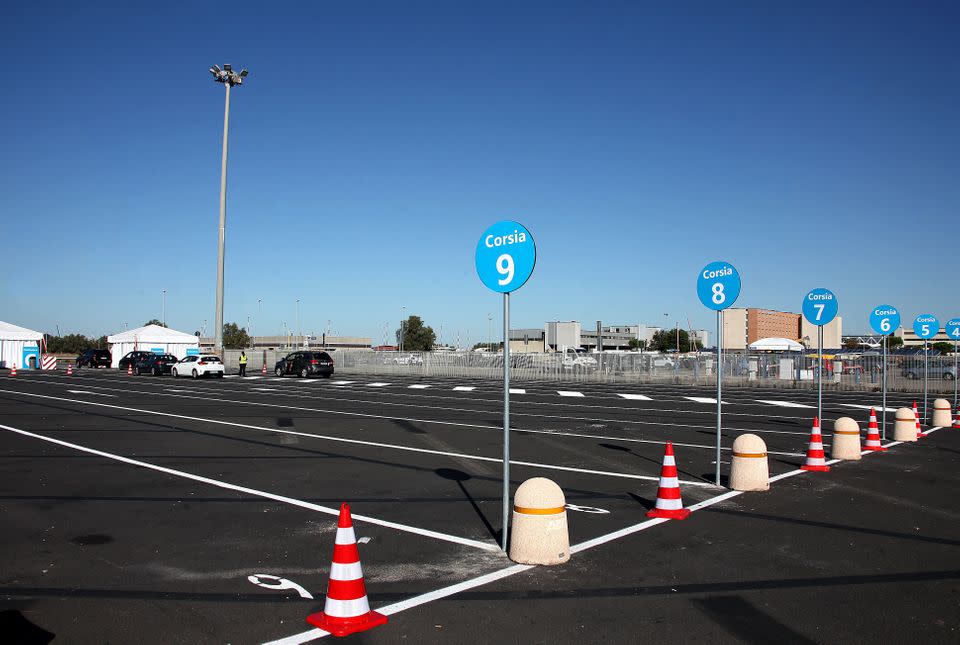We Compared Coronavirus Test And Trace Systems Around The World
“We have growing confidence that we will have a test, track and trace operation that will be world-beating and yes, it will be in place by June 1.”
These were the words of British Prime Minister Boris Johnson on May 20.
Four months have passed since Johnson’s bold statement. Since then, more than 6,000 people across the UK have died after testing positive for COVID-19 ― pushing the total death toll to more than 40,000, the highest in Europe.
From the start of the pandemic, scientists across the globe have proclaimed the importance of testing and tracing. However, more than six months later, many countries are still rationing tests, rethinking failing contact tracing apps and struggling with lab capacity.
But how do test and trace systems compare? We spoke to HuffPost editors around the world, and used case studies and statistics compiled by theOur World In Data project, to find out.

How easy is it to obtain a COVID-19 test?
In the UK, anyone showing symptoms is eligible to take a test. Although many testing sites have been virtually empty, people around the country have reported being turned away due to problems with capacity at laboratories, leading to staff shortages at Britain’s National Health Service and lengthy delays for the public. Huge backlogs have forced overstretched laboratories to send tests to Italy and Germany for processing, and people have described traveling hundreds of miles to get their children tested.
The eligibility policy for tests is similar in European countries such as Spain and Greece. In Italy, people must receive a doctor’s prescription in order to get a test, unless they are a designated key worker. In France, anyone can be tested, but with the increase in the number of cases, there have been queues of several hours in the most affected cities. The French government announced four priority testing categories on Thursday, including those who are symptomatic or have come in contact with a confirmed case. At the same time,...



